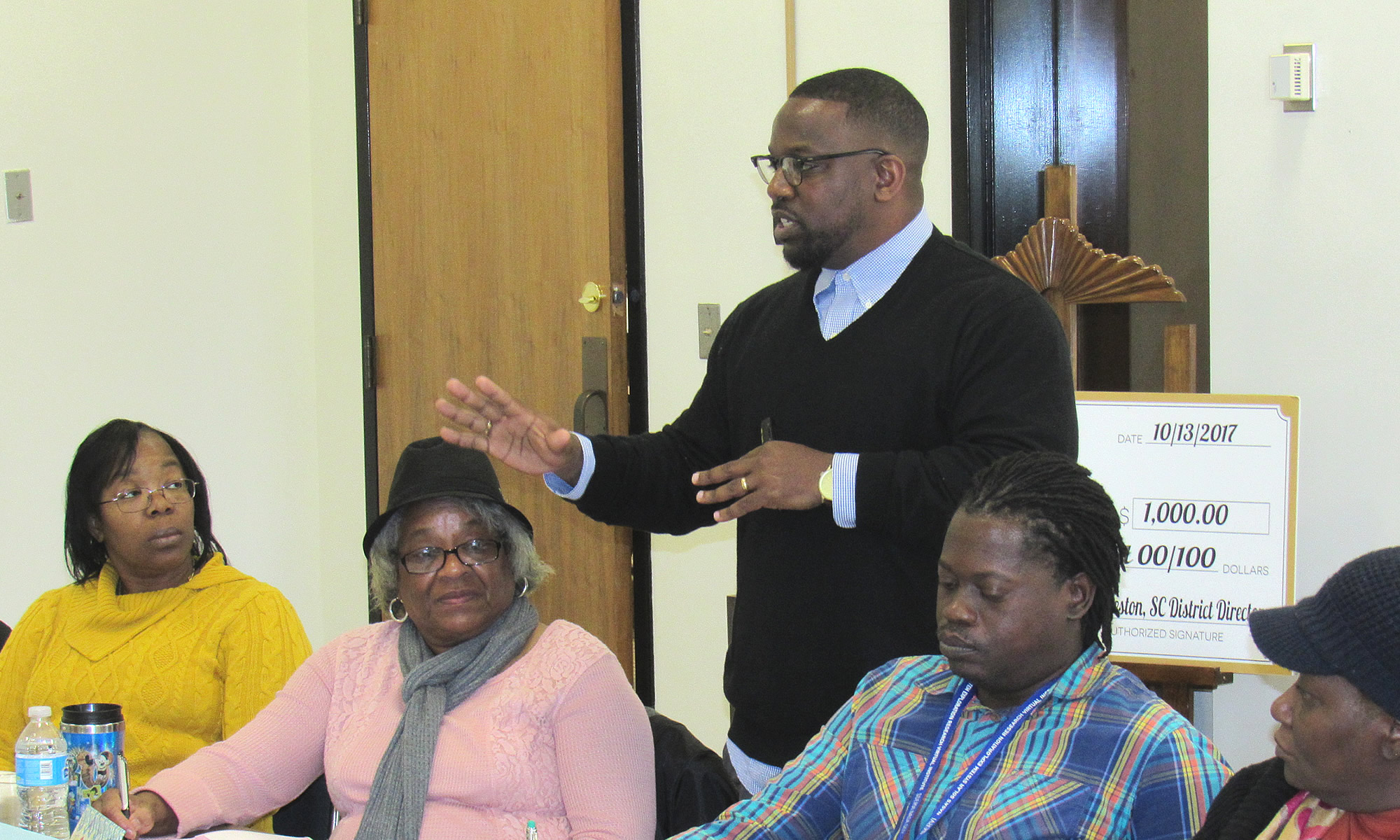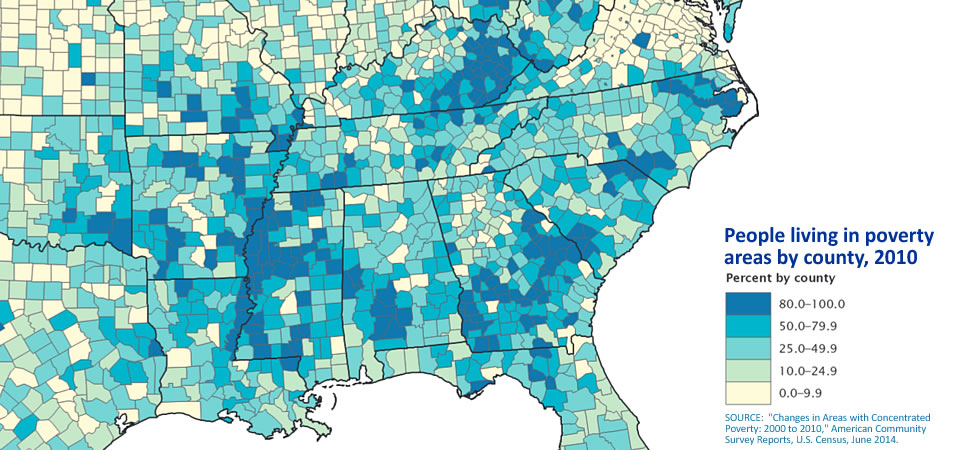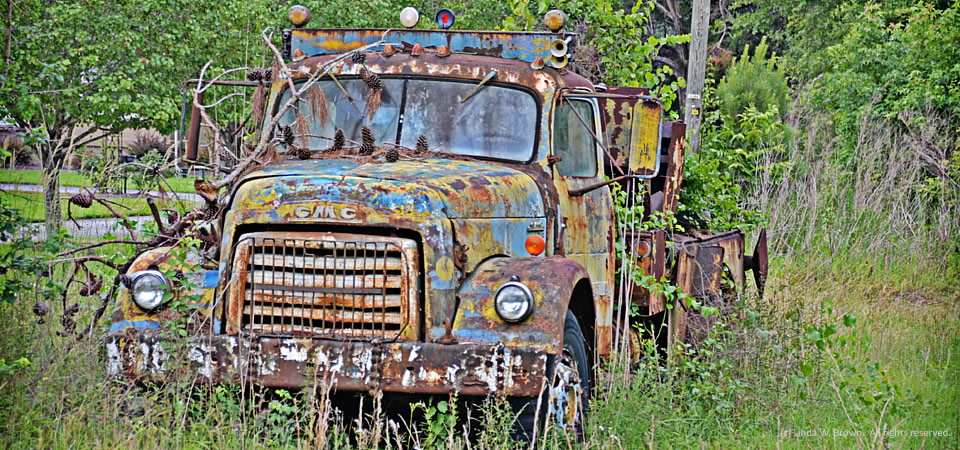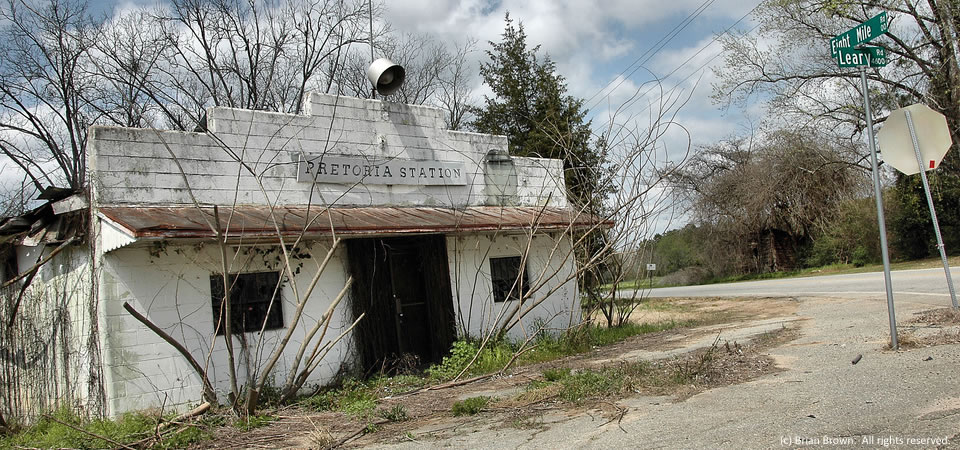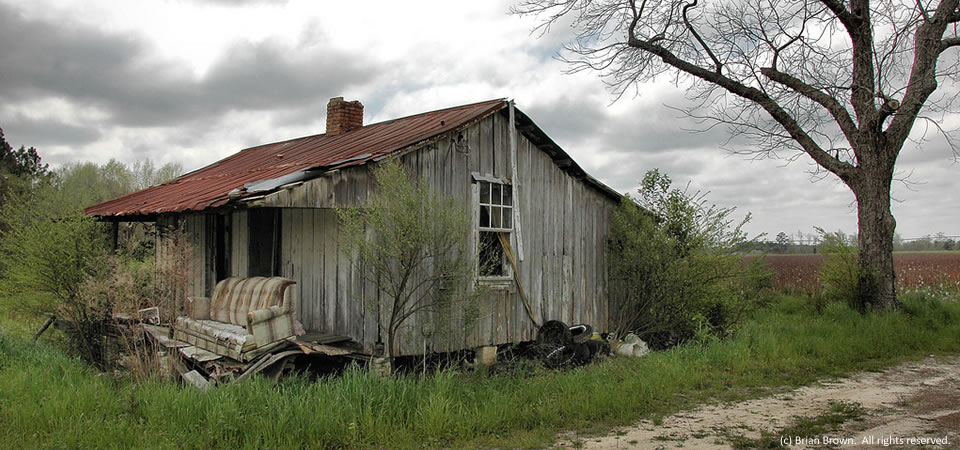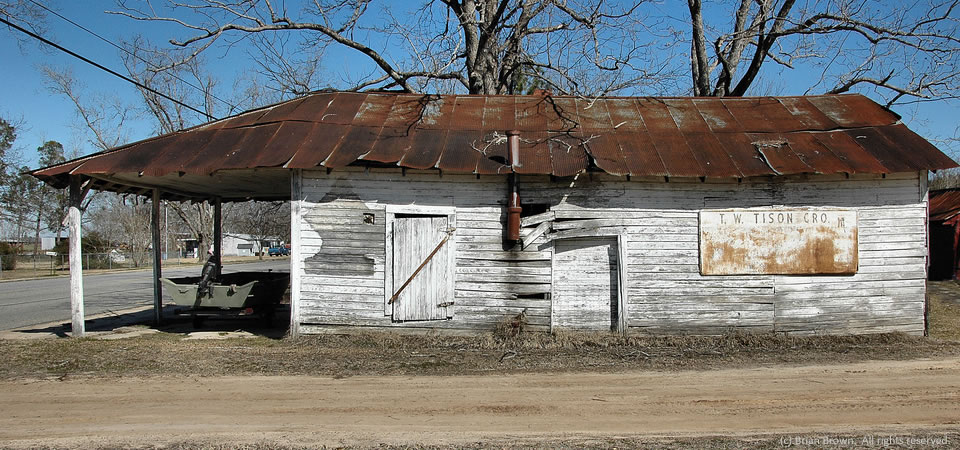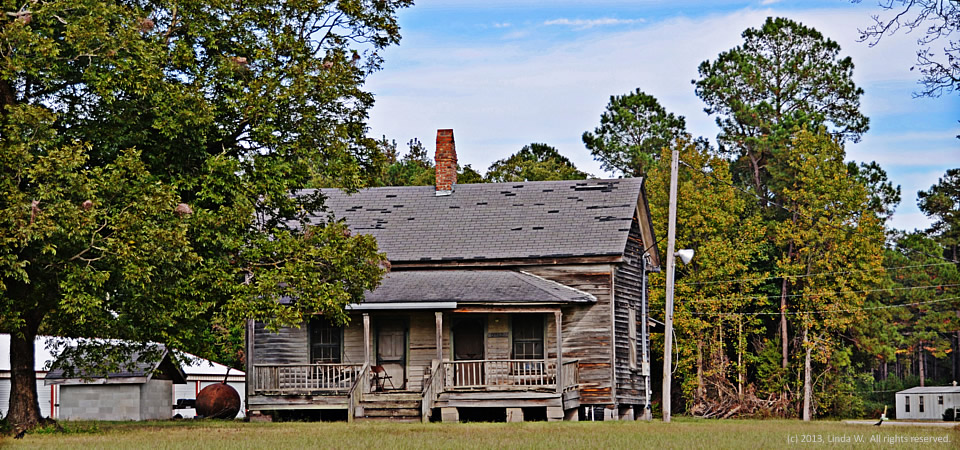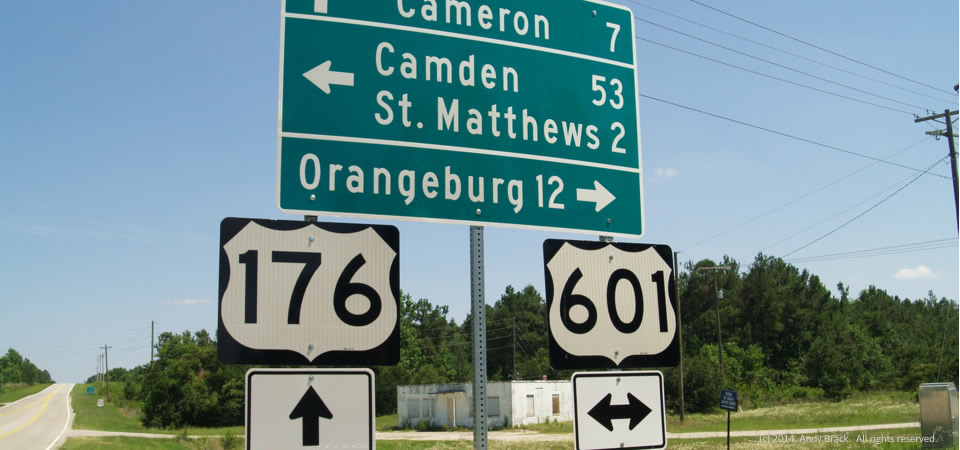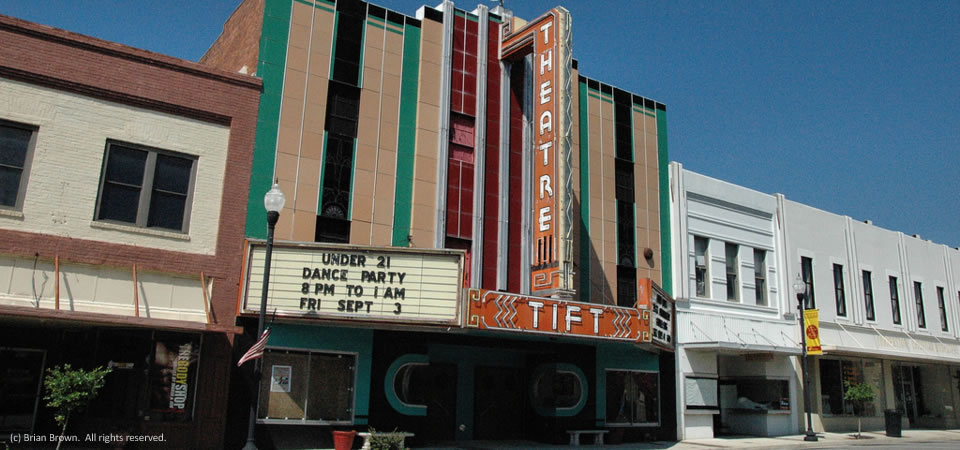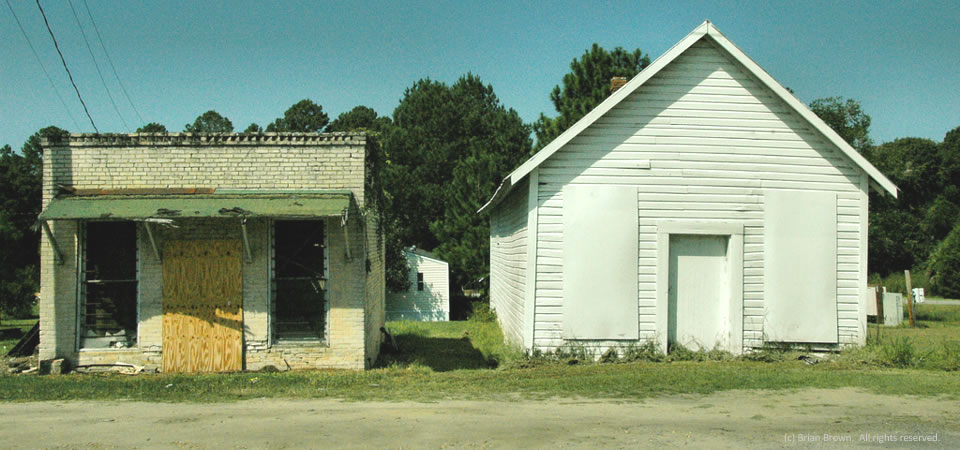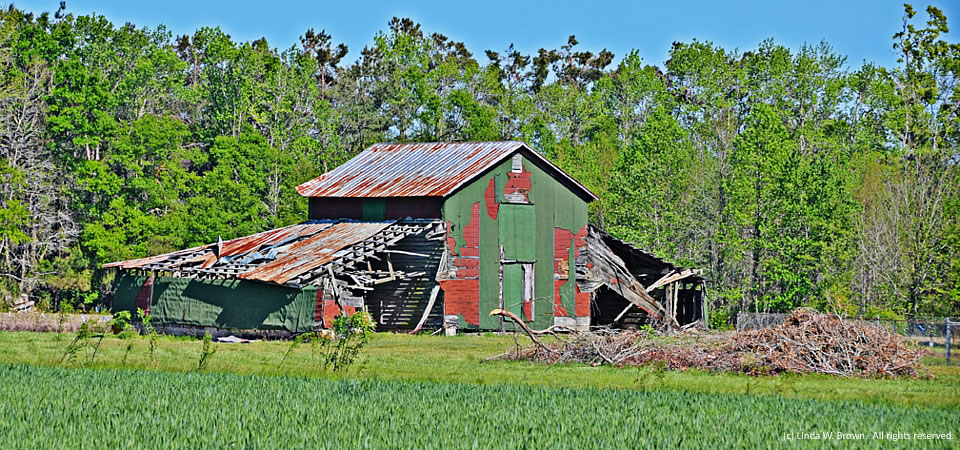
This old barn on Roper Woods Road in eastern Williamsburg County, S.C., is giving way to time, writes photographer Linda W. Brown of Kingstree. The photo was taken earlier this spring when the winter wheat crop in the foreground was green.
Williamsburg County, which is about 75 miles north of Charleston, S.C., has a population of just under 34,000 people. Population peaked in 1950 at 43,807, but has dropped slowly since then.
About two-thirds of county residents are black, with almost all of those remaining being white. Only 2 percent of those in the county are of Hispanic descent. Some 32.8 percent of residents live in poverty, according to the Census. Of the county’s 1,92
1 firms, 36.5 percent are black-owned — a percentage that is three times South Carolina’s average.
Copyrighted photo by Linda W. Brown, taken in Spring 2014. All rights reserved.
